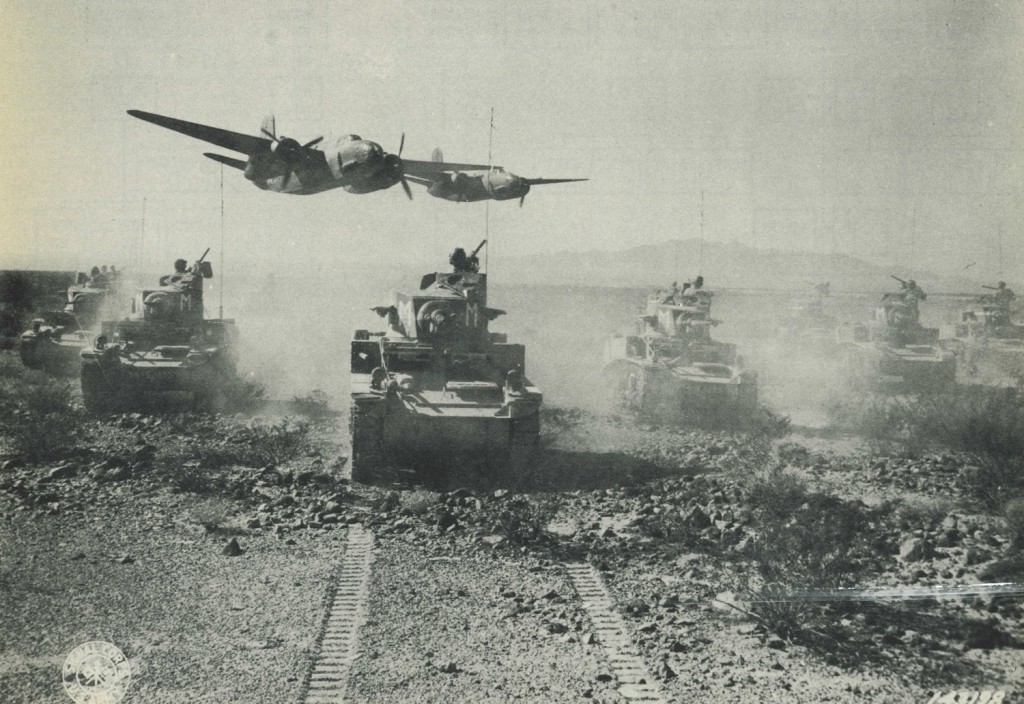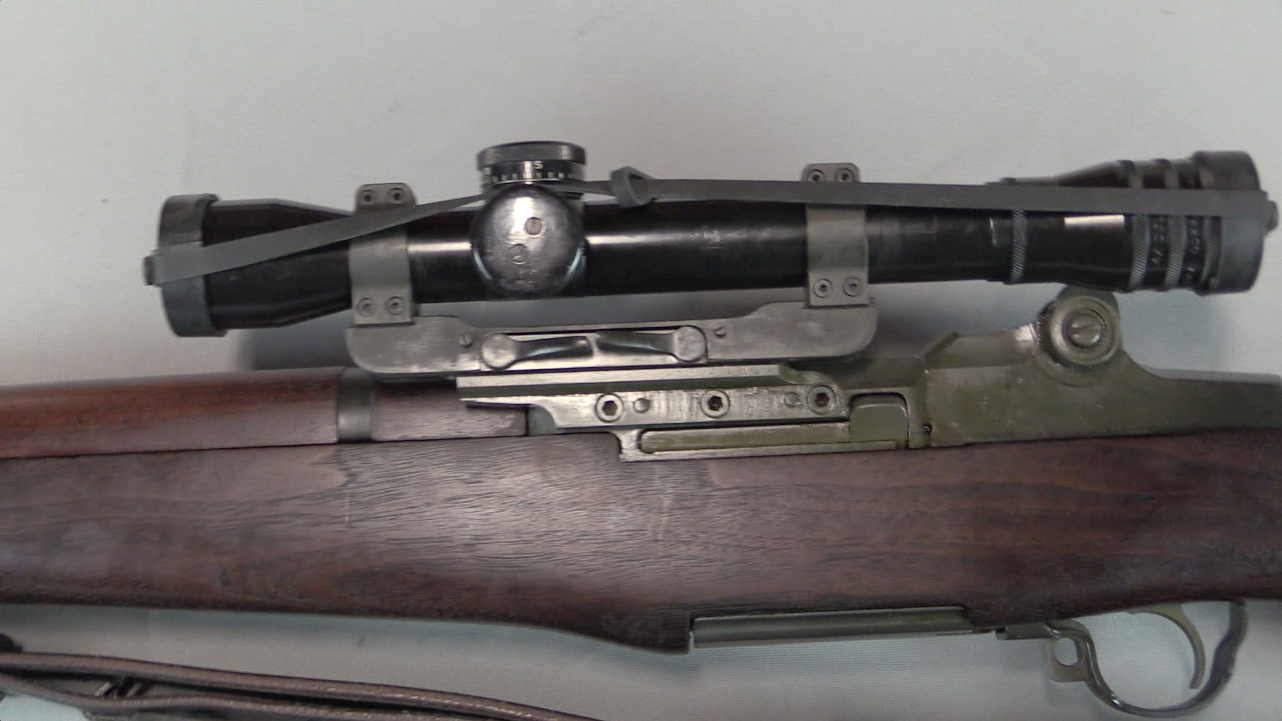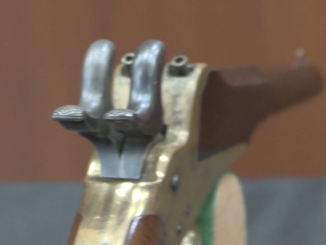
Vintage Saturday: Close Air Support


The MC-1952 was a variation on the M1C Garand sniper rifle, adopted by the US Marine Corps in 1952. The Marines were not satisfied with the low magnification of the Lyman scopes on the Army […]

J.P. Lindsay was a former Springfield Armory employee when he designed and patented an idea for a two-shot, single-barrel pistol. The apocryphal story is that Lindsay’s brother was killed in a firefight against two Indians, […]

Today we’re looking at a pair of military survival rifles at the Rock Island September auction. One is a Luftwaffe M30 drilling – the most finely finished and luxurious survival rifle ever issued by a […]
© 2025 Forgotten Weapons.
Site developed by Cardinal Acres Web Development.

Eh, I’ve seen closer 😉
I’ve always loved the A-20 Havoc/Boston. A friend’s father flew them during the war.
A few years ago (maybe 2006), there was one that was registered and nominally airworthy for sale somewhere in the mid US. I didn’t see it in person, but looked at the pictures. I don’t know what happened to it. I believe it was the only nominally airworthy example of the A-20/P-70/DB-7 (and etc. to the severalth power) in the world. There are several in museums.
Just read a great book by a British Boston pilot last year. He actually started in something British (Blenheims? of which there are no airworthy survivors AFAIK, but the Brits have been rebuilding so many “lost types” that we can hope…) and then went to the Boston. Blanking on the name, but I got it from Amazon. It’s fairly hard to find memoirs of attack and medium bomber crewmen.
If I could own anything at all (and fuel and maintain it, and fly it enough for proficiency), it would be the A-20s successor, the A/B-26 Invader.
My unit, the 1st Air Commando Wing, had OnMark modified Douglas A-26’s in SE Asia and it wasn’t unknown for one to return from a mission with grass/leaf stains on the prop tips. Now that’s close air support!!
Notice which way the 30 cal brownings on the tanks are pointed! I think they were a little nervous.
They are pointed that way because they were mounted on the back of the commander’s cupola.
It’s not just the way they were mounted – look at the right and left of the photo, all turret Brownings are obviously covering the low-flying A/C, so you got two-way training: the plane jocks learn how the tank looks from up close above, and the can-dwellers have a realistic target to train leading turret Browning on a fast moving target.
Why are there tracks in front of the lead tank? Looks like he is going in reverse?
The photographer was probably on the tank in front of the others.
Nice early M3’s. They have the sponson mounted 1919a4s, and the raised commanders hatch. They are painfully cramped inside…
I think I’ve seen this picture before. It’s from the 1941 maneuvers and was taken I believe at Fort Hunter Liggett. (Maybe Ft. Irwin). The 1941 summer maneuvers were a massive combined-arms propaganda show with the government and press trying to make the USA look invincible and keep us out of war. Unfortunately, the unpreparedness of the military was really impossible to hide; all the panic spending and mobilization in 1940-41 just made it more evident.
Would like to know where this photo came from and who took it. I would believe it was taken by an Army photojournalist.
My father worked on A-20s at Douglas in San Diego. They were one of several planes known as flying prostitutes: no visible means of support.